Alright, what is biophilia? “An innate instinct to connect with nature” as Erica Sweeney put it. Or Natalie Angier thinks of it as “to be drawn toward nature, to feel an affinity for it, a love, a craving.”
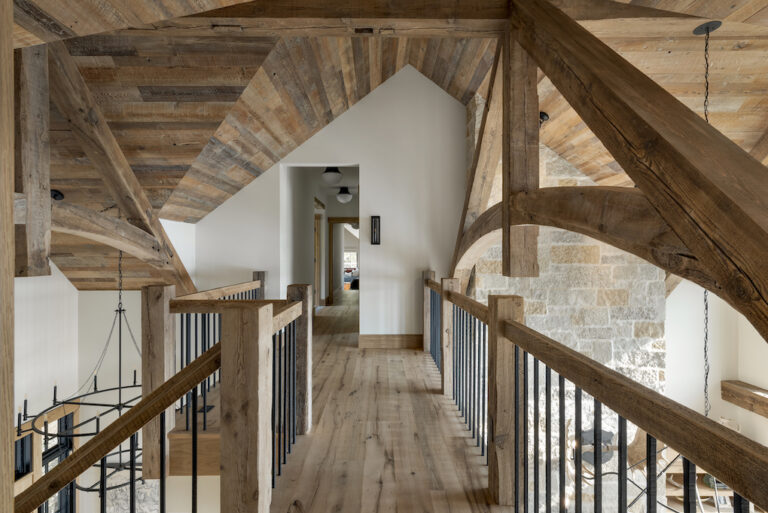
Erich Fromm first coined the term in 1964. As a social psychologist he used it to refer to “the passionate love of life and all that is alive.” For decades, architects have taken his definition and expanded it into how a room or building feels to us based on design and materials.
The idea is to connect people inside with nature to promote their well-being and quality of life. Plants, water features, natural light, air flow and organic materials are all considered in the design of buildings. But the biggest tangible evidence of the natural is the wood used in the construction and the finishing of the buildings. It has great functionality, but also multiple health benefits.
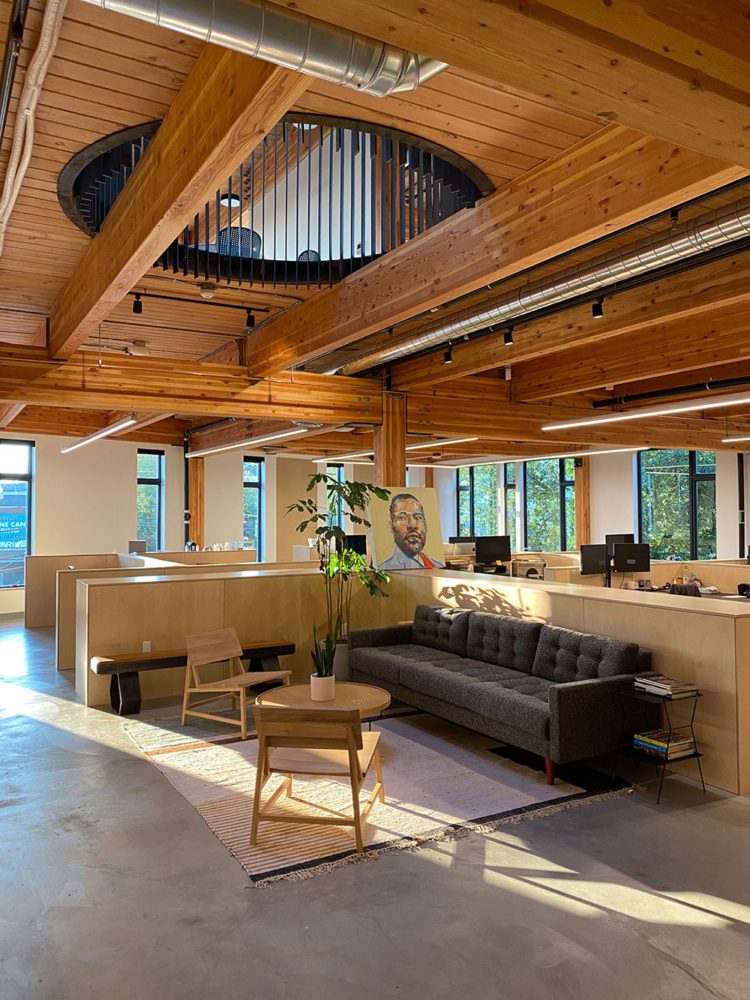
Those who live and work in structures that have a lot of exposed wood (> 50% of interior walls, floor and ceiling) find it is beautiful and stress relieving. For those who are exposed to wood in built environments research now shows:
- reduced cortisol levels, so less stress
- lower blood pressure
- lower heart rate
- a perception of warmth
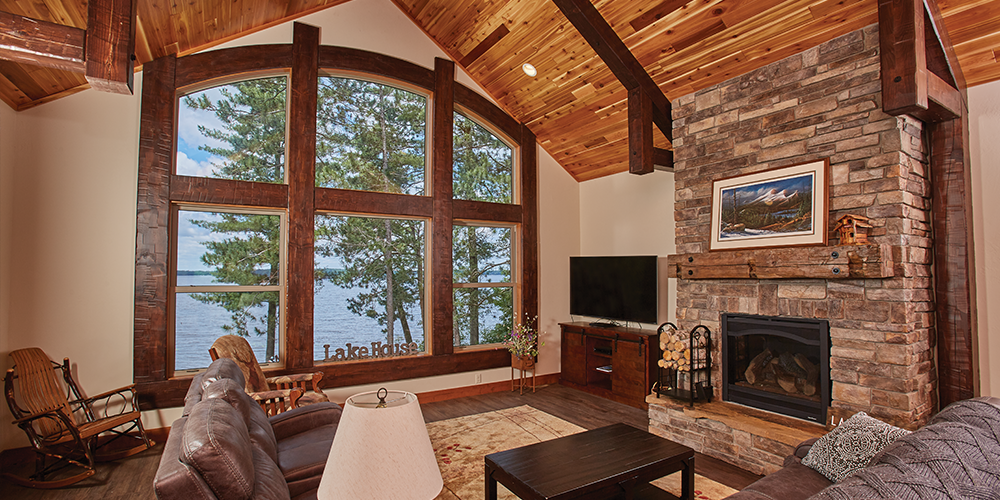
- a feeling of connection to living things
- improved mental performance
- a better mood
- greater preference for these spaces
- less absenteeism
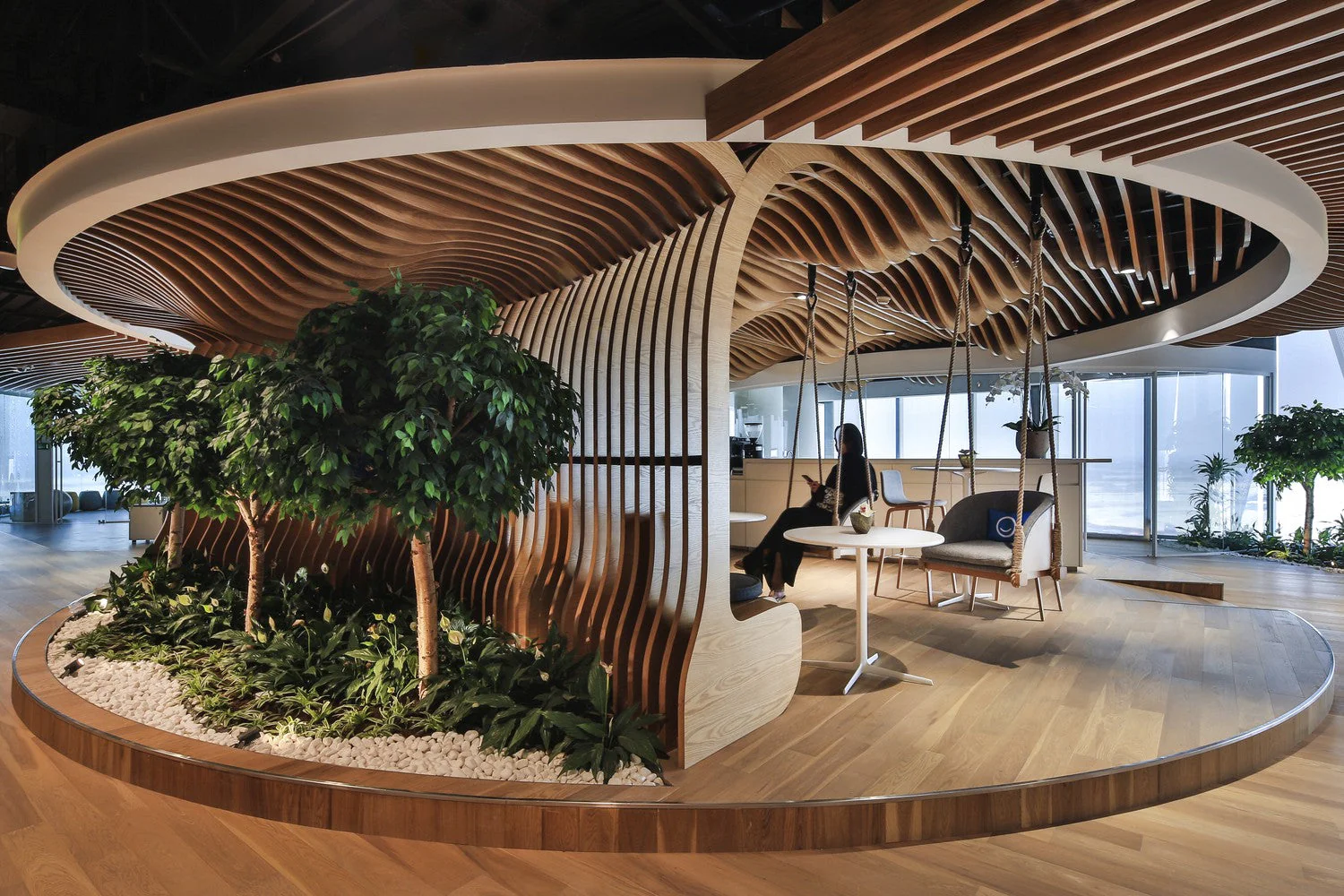
Consider wood in reference to:
Touch – In a blindfolded study, participants touched stainless steel, tile, marble and white oak. Touching the oak panel led to greater activity in the rest and calming portion of the nervous system.
Smell – People enjoy trees due to their smell. In the same way, the smell of wood in interior built environments creates a calming effect. The wood smells and their calming benefits do tend to wear off over time.
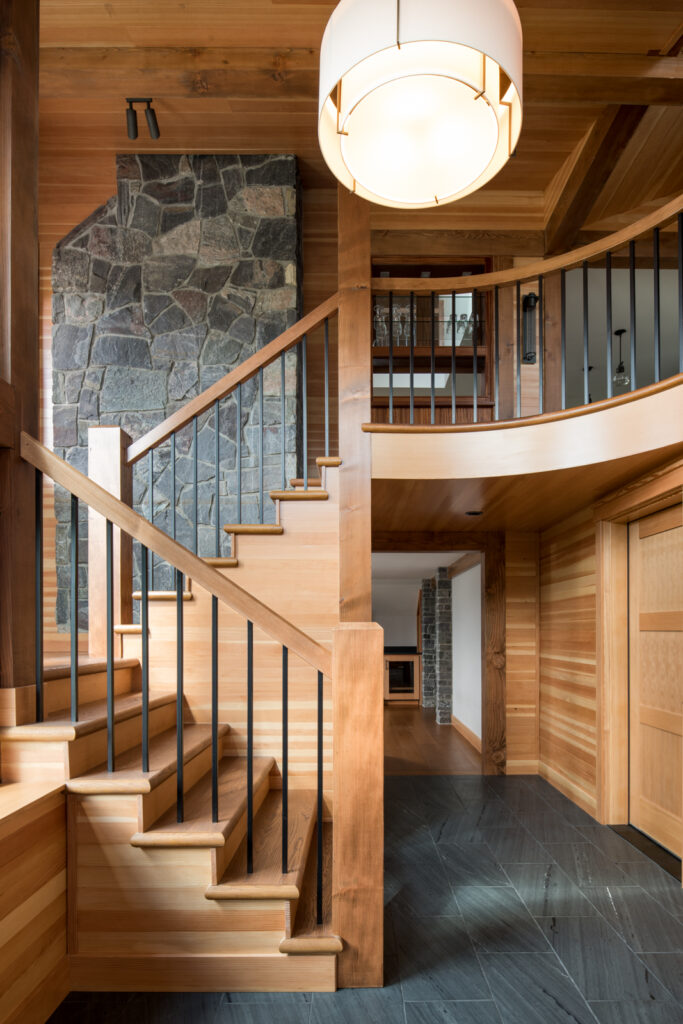
Sight – Visual is the greatest experience we get from wood in our built environments. The grain pattern, color and features like knots draw our attention. If we cover the wood with clear or semi-opaque finishes it lessens our attraction to wood.
The fractal effect:
And then there is the fractal effect with wood. Fractals are repeated patterns found in nature. Examples are trees, river deltas, waves, flames, seashells, snowflakes, etc. And the grain pattern in wood is a fractal. When people see these patterns, their brains recognize them, and a reduced stress level occurs.
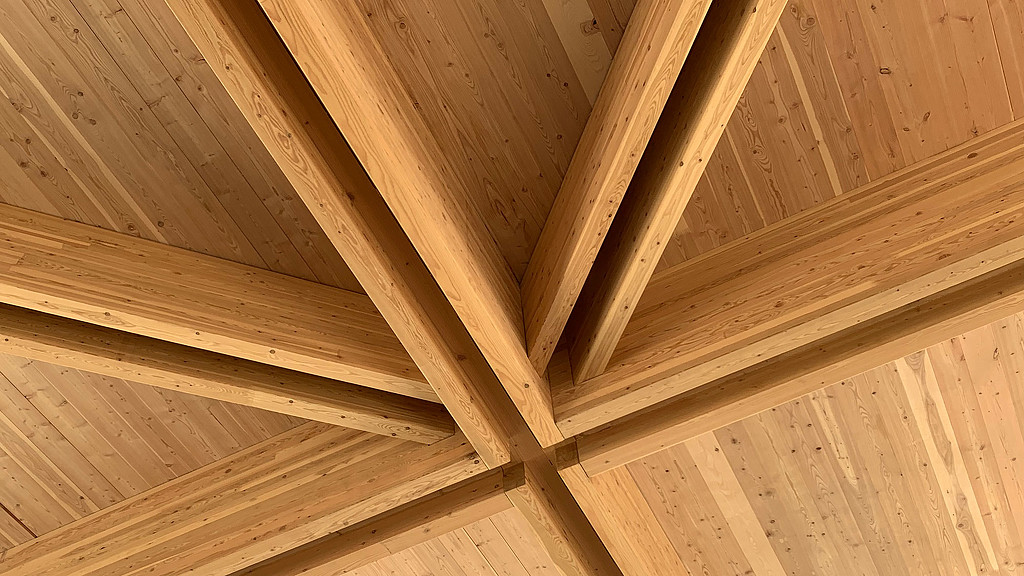
Using exposed wood in the structure, functionality, and décor of a room calms us and draws us to that room. Consider this when renovating or building to benefit your health.
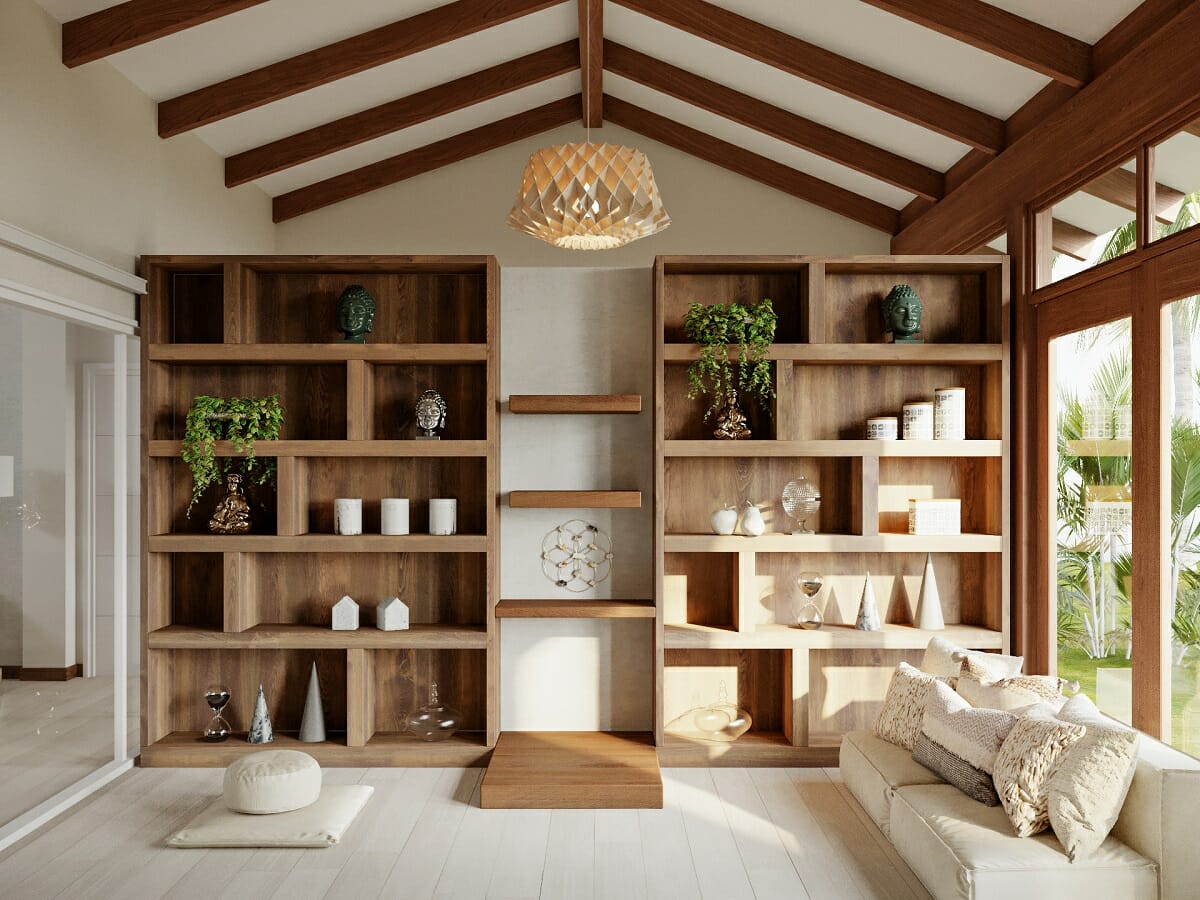
Here is a link to the article Biophilic response to wood where I got my information from.





